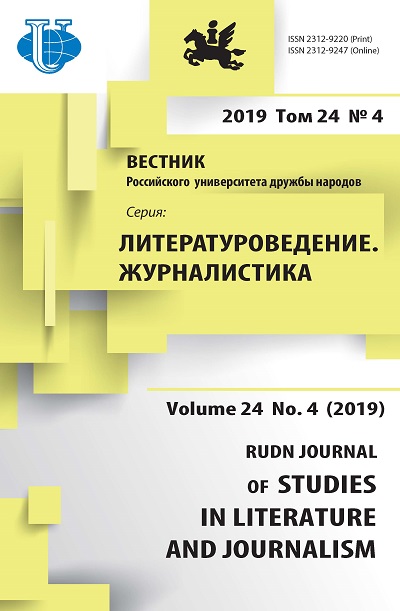Abstract
Concerning current situation and media ecology actors of political communication should be fl exible to adapt their PR strategies to the fl uid agenda and mosaic thinking of their audience. The following article aims to describe one of the most multi-faceted archetypes used in political communications - the archetype of Trickster. Using the method of case study, the author argues that concerning information society and digital culture Trickster gains better opportunities to hold a successful PR campaign and to build a solid political image. The author describes the following archetype with the address to three fi gures of international and Russian politics that appear in agenda in 2010-2018: Donald Trump, Alexey Navalny, and Julian Assange. Using the notions of narrative politics and theory of archetypes, the author concludes vast potential of Trickster archetype in modern political communications, that can be even stronger than the traditional images of Hero or Wise Ruler. The author assumes that Trickster fi gure in modern politics became wider than classical image of Fool and Jester and now is also widely used in the aspects of “noble thug” and Shaman.
















